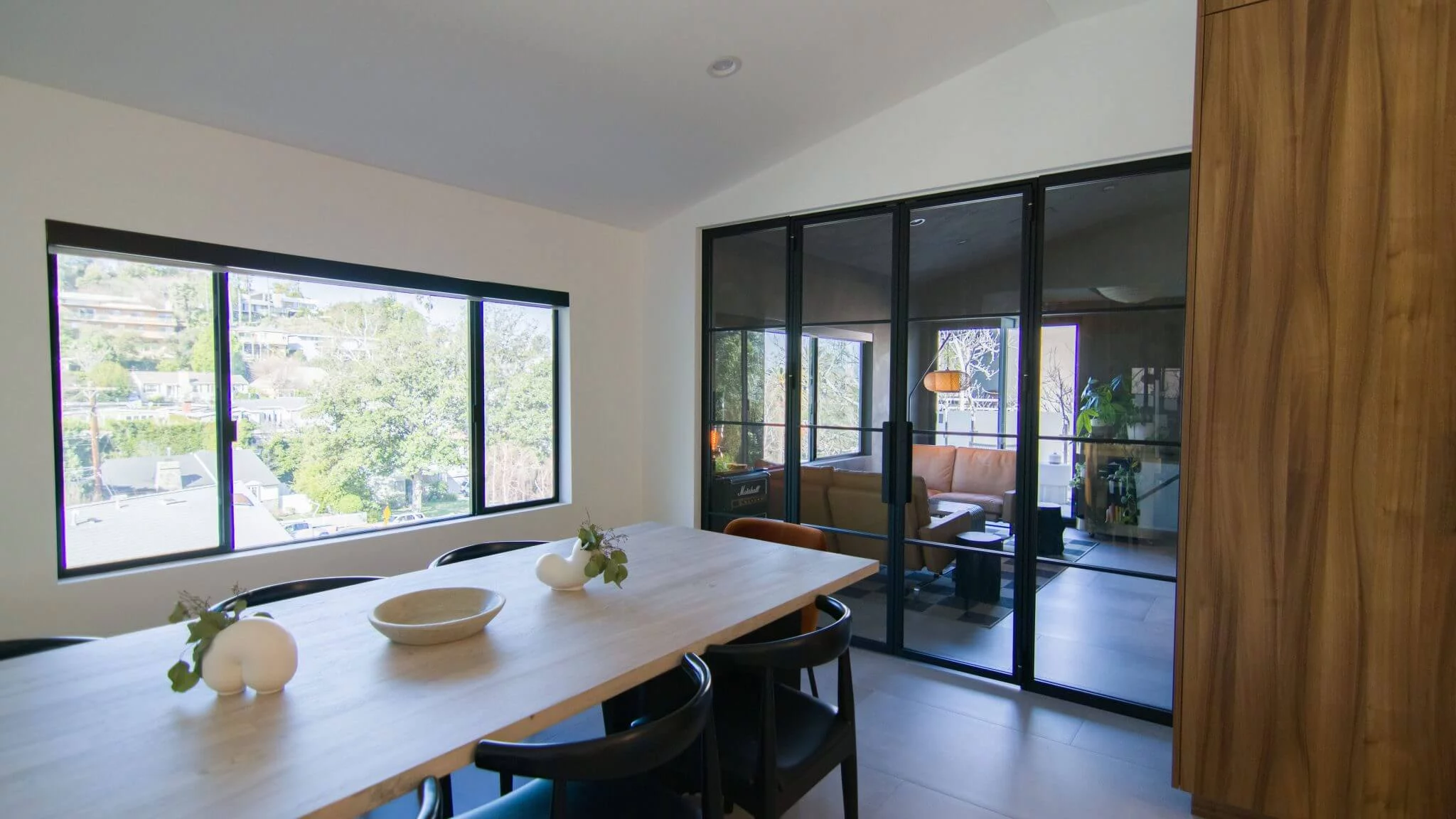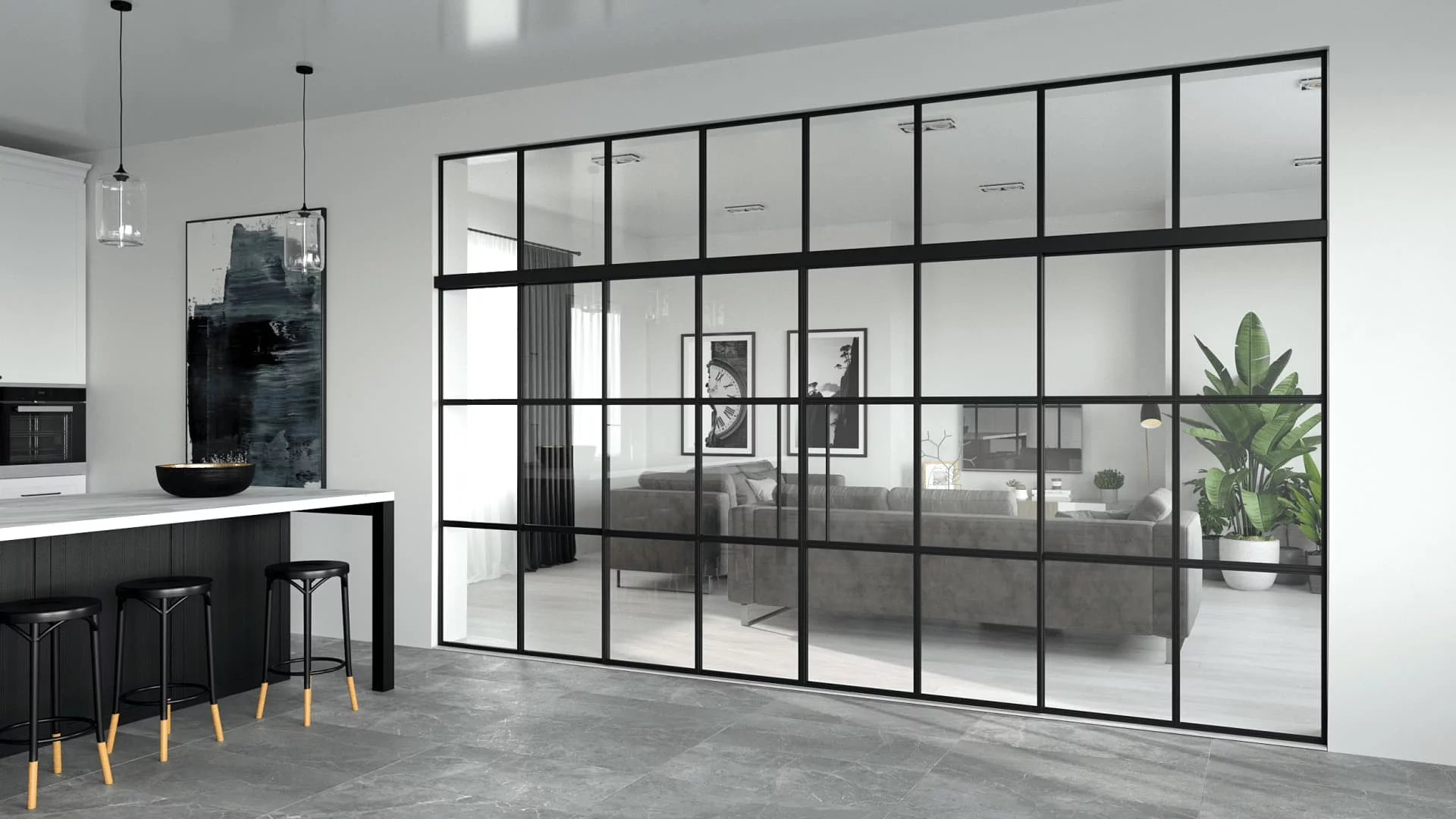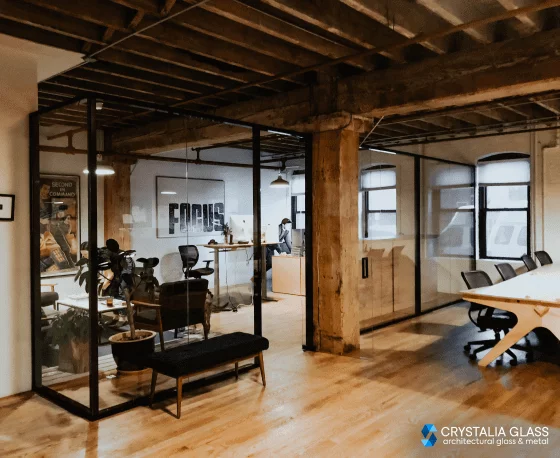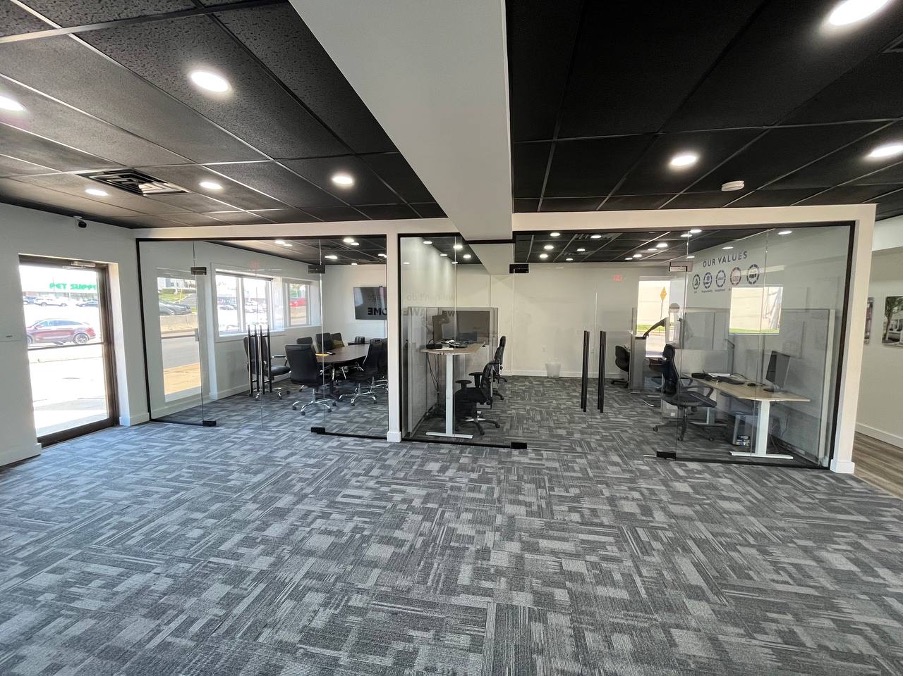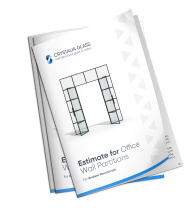Coworking Office Space Design: 7 Creative Ideas for Redesigning Shared Office Spaces
Setting up a shared office goes beyond putting desks and chairs in place; it involves creating an environment that encourages creativity, productivity, and community. Whether setting up a new coworking space or redesigning an existing one, careful planning is essential. Here are seven creative coworking space ideas to help you design a shared office that caters to a diverse set of needs.

Flexibility and Adaptability
A flexible layout accommodates different modes and numbers of work. Whether a larger team needs a meetup or one member wants to focus on individual tasks, the area can be easily reconfigured to meet specific needs. Designing the coworking space with flexibility ensures it can grow with its members, maintaining dynamism and productivity.
Defined Collaborative Zones
Collaboration spaces are the heartbeat of a coworking space, fostering interaction and ideation. Create an environment that builds community with comfortable seating, large tables, and whiteboards or glass walls for brainstorming sessions. These zones can spark creativity and innovation within your shared office space.
Why Quiet Zones are Necessary
While collaborative zones are important, there should be areas where workers can focus without disturbance. Such areas should be soundproofed and have comfortable furniture to create a focused and controlled environment. By providing quiet zones, your coworking space caters to all work styles and boosts overall productivity.
Emphasis on Employee Well-being
Modern office design increasingly prioritizes employee well-being, and coworking spaces are no exception. Wellness amenities such as meditation rooms, yoga spaces, or small fitness centers add value to the work experience. Adding plants, natural light, and comfortable seating helps create an inviting environment that promotes both mental and physical health.
Importance of Personalization
Allowing individuals or teams to customize their workspace can significantly enhance comfort and productivity. This could include adjustable desks, customizable storage, and personal decoration options. Personalization fosters a sense of ownership and satisfaction among members, contributing to a more positive and productive work environment.
Future-Proofing Design
Space planning for coworking spaces should ensure future adaptability. With ever-changing work trends, shared office spaces should be flexible enough to accommodate new technologies and evolving work styles. This might include sophisticated IT infrastructures, flexible workstations, and adaptable meeting areas. A future-proof design ensures your coworking space remains relevant and functional over the years.
Creating a shared office space that meets diverse user needs involves focusing on flexibility, collaboration, quiet spaces, well-being, personalization, and future-proofing. These design ideas foster creativity, productivity, and community in the coworking environment. Implement these seven design ideas to create an inspiring, efficient workspace that adapts to the ever-changing demands of modern work life.
